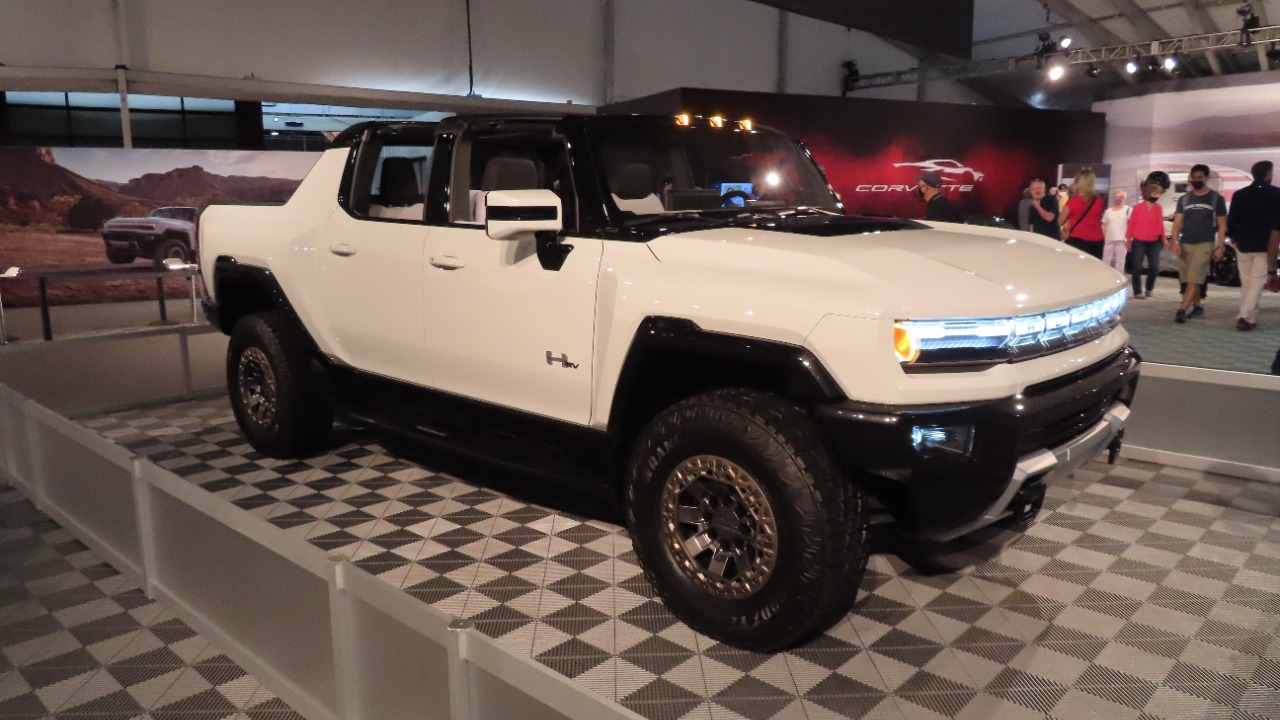
General Motors is pushing the boundaries of electric vehicle technology by enhancing their ability to serve as home backup generators. Through bidirectional charging, GM’s electric vehicles, such as the Chevrolet Silverado EV and GMC Hummer EV, can now power homes during outages for up to 21 days under typical conditions. This advancement is part of a long-standing collaboration with Pacific Gas & Electric (PG&E) in California, where pilot programs have been exploring the potential of EVs as grid assets since 2022. As of March 2025, GM Energy’s integrated systems are expanding these features, making EVs more versatile solutions for home energy needs.
GM’s Bidirectional Charging Technology Explained
GM’s Vehicle-to-Home (V2H) and Vehicle-to-Grid (V2G) systems are at the forefront of this innovation, allowing electric vehicles to discharge stored battery power back to homes. This capability is supported by the GM Energy Powershift Charger, which can deliver up to 11.5 kW of output. This technology is compatible with several GM models, including the Chevrolet Silverado EV, GMC Sierra EV, Cadillac Lyriq, and GMC Hummer EV, which can provide backup power equivalent to a typical home’s needs for extended periods. Upcoming improvements, scheduled for rollout in late 2025, include software updates and new hardware integrations that will enhance efficiency and expand compatibility with more GM EVs. These advancements are detailed in a report by InsideEVs. The specific models that support this feature are crucial for homeowners looking to leverage their EVs as backup power sources. According to Electrek, these vehicles can sustain a home’s power needs for significant durations, making them a reliable alternative to traditional generators. The enhancements planned for late 2025 will further solidify GM’s position in the market by improving the integration of these systems with existing home energy setups.
Partnership with PG&E and Early Testing Efforts
The partnership between GM and PG&E has been instrumental in testing and refining the use of EVs as home energy assets. Initiated in 2022, the pilot program focused on using bidirectional charging to maintain essential loads during blackouts in California. These early demonstrations proved the viability of EVs as a backup power source, laying the groundwork for broader initiatives. By March 2025, this collaboration had evolved into a comprehensive effort to integrate GM vehicles into the grid, enhancing both grid stability and residential backup capabilities. This evolution is highlighted in a GM News report. Real-world outcomes from these tests have been promising, with EVs successfully sustaining home power for hours to days. These results have informed GM’s ongoing refinements, ensuring more reliable performance and greater consumer confidence in using EVs as a primary backup power source. The insights gained from these tests are crucial for understanding the potential of EVs in energy resilience, particularly in regions prone to outages.
Benefits and Limitations for Homeowners
For homeowners, the ability of qualifying EVs to power a home for up to 21 days during outages presents a significant advantage. This capability reduces reliance on traditional generators, offering a cleaner and potentially more cost-effective solution. However, there are limitations to consider. Only specific models, such as the Chevrolet Silverado EV and Cadillac Lyriq, are fully compatible with this technology without modifications. An update from October 2025 confirms that only certain EVs support this feature, emphasizing the need for compatible home setups. Cost savings and environmental impacts are also noteworthy benefits. By utilizing EVs as backup power sources, homeowners can reduce emissions compared to gas generators. This aspect is particularly relevant in PG&E’s ongoing programs with GM, which demonstrate the environmental advantages of integrating EVs into home energy systems. These programs highlight the potential for significant reductions in carbon footprints, aligning with broader sustainability goals.
Future Enhancements and Broader Implications
Looking ahead, GM’s bidirectional charging technology is set to become even more robust. The “about to get better” aspects include expanded V2G capabilities and integration with home energy management systems, announced in October 2025. These enhancements will facilitate wider adoption of GM EVs as home energy solutions, offering greater flexibility and efficiency. The potential for these developments to scale through utilities like PG&E is significant, building on the 2022 tests to enable community-level power sharing during grid events. The broader implications of these advancements are profound. As GM continues to refine and expand its technology, the role of EVs in energy resilience is likely to grow. This evolution could have industry-wide ripple effects, positioning EVs as multifaceted assets capable of enhancing energy security in regions vulnerable to power outages. The March 2025 byline from GM underscores the importance of these developments, highlighting the potential for EVs to transform the landscape of home energy solutions. As these technologies mature, they promise to deliver not only improved energy resilience but also a more sustainable future.
More from MorningOverview